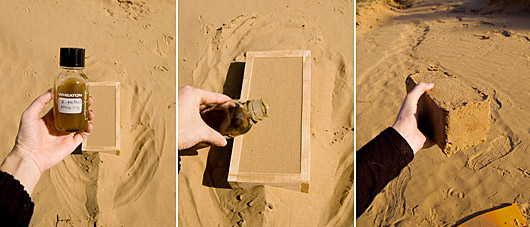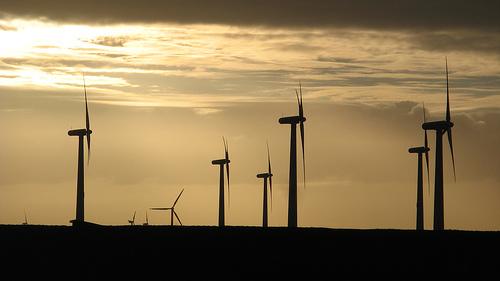The Northwest coast right now has a problem most places in the country could only wish for: too much renewable energy. And while hippies would like us to believe that clean energy sources will work flawlessly in harmony to edge out coal and oil, this abundance is pitting wind producers and hydroelectric producers against each other.
Alongside the Columbia River, in Oregon, wind power is becoming a big player, working in concert with dams on the river to produce renewable energy. But right now the Bonneville Power Authority, which controls the dams, is ordering wind farms to generate less power, saying it needs more space than usual on the grid to handle the power the dams are producing.
Wind farms are, understandably, peeved; under these conditions, they're producing as much as 15 percent less power than they would otherwise, as well as losing money from broken contracts and missed tax credits. They're charging that the BPA is unfairly hogging the grid in order to squelch competition and keep rates low for their customers.
BPA, on the other hand, has a trump card. They would produce less electricity using hydropower, officials say, if only that wouldn't threaten the fragile, endangered young salmon swimming down the river towards the sea. The river is unusually high this year, and if the BPA would let all that water spill over dams instead of run through the electricity-producing tubes, it would create conditions that could hurt the salmon. “Oh SURE, we COULD produce less power, if you want to TELL THIS BABY SALMON TO HIS FACE WHY HIS FAMILY IS DEAD."
This is the first renewable-on-renewable energy tiff that we've heard of. In a way, that's a good sign: it means renewables, in one area at least, are strong enough that they have to fight amongst themselves.



